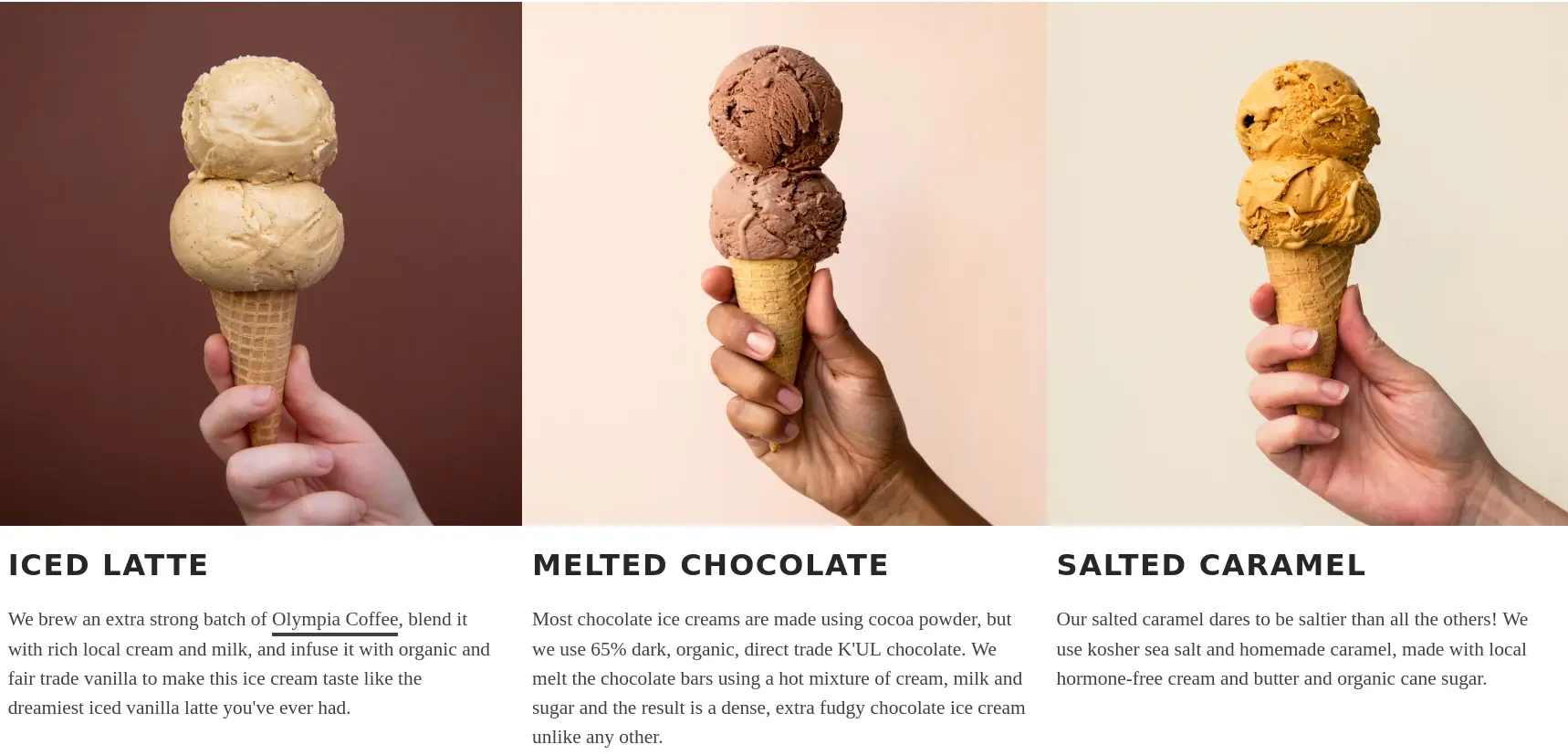So much of our lives are affected by false choices. By ‘false choice’, I mean a decision where two options are presented to us and we make a choice without seeking out additional alternatives. Want Iced Latte or Melted Chocolate ice cream? Maybe the answer should be: Sea Salt & Caramel — but you have to know to ask!

Perhaps this is all a magic trick that we play upon on our own minds. It is my untested hypothesis that making the choices more detailed and intricate drives people to start focusing on its details and become less curious about alternatives — vanilla options, like Vanilla versus Chocolate, are more likely to be questioned than something exotic, like Iced Latte versus Melted Chocolate.
Within a group, the options being highly detailed can fool people into believing that they’ve been thought through deeply (by someone else). Some people have learned to invert the filter, and treat excess detail as a sign of shallow synthesis. The truth probably lies somewhere in between, and so this leads us to another type of false choice — options being considered mutually exclusive when they can very well co-exist, and implying a polarization when one really ought to speak of degrees within a spectrum.
Whenever I am presented with options, say A versus B, I usually start by seeking to understand how they came up with these options, and whether there were other options that got filtered out, based on unspoken assumptions or constraints. Then I check to see what they are optimizing for, and pick options that work, often going for a mix and match approach. The trick here is to never rule out options but simply put a pin in it saying, “This option works only if constraints X, Y and Z are broken…”
By the way, since you forgot to ask, the right answer to the ice cream conundrum is to have half Raspberry, half Chocolate, with some Candied Hazelnut as a topping.
